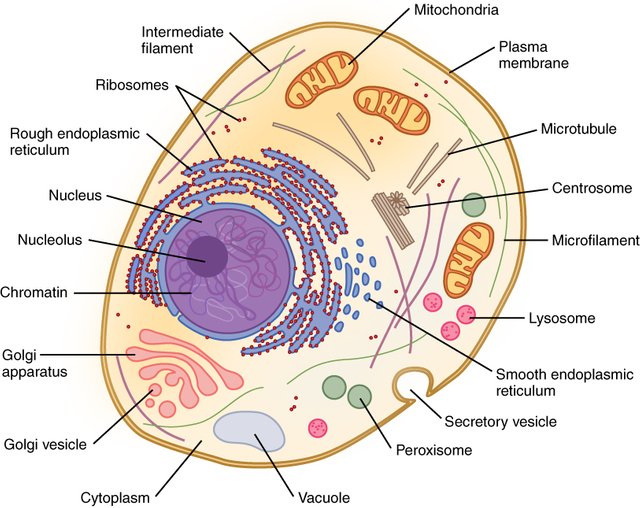THE NUCLEUS
he cell core is a twofold membrane‐bound organelle that contains the hereditary data of the cell bundled as chromatin. The core is a trademark highlight of most eukaryotic cells.
The core is thought to be a standout amongst the most imperative structures of eukaryotic cells as it serves the capacity of data stockpiling, recovery and duplication of hereditary data. It is a twofold membrane‐bound organelle that harbors the hereditary material as chromatin. It comprises of a dynamic blend of nonmembranous subcompartments of differing utilitarian limit. The particular highlights of a cell core, particularly as far as the nature and circulation of the subnuclear compartments and the situating of the chromosomes, rely on their separated state in the creature. The key elements of the phone core incorporate deoxyribonucleic corrosive replication and further to control quality articulation amid the cell cycle. Interpretation and further post‐transcriptional handling of pre‐messenger ribonucleic acids (mRNAs) happen inside the core and the develop mRNAs are transported into the cytoplasm where the translational occasions happen. In this manner, core gives useful compartmentalisation inside the cell permitting more elevated amounts of quality direction.
KEY CONCEPTS
.The cell core contains nonmembranous particular substructures that are described by having a particular subset of proteins and RNA.
The atomic envelope is a profoundly directed layer boundary that permits the compartmentalisation of the core from the cytoplasm.
Atomic pore buildings (NPCs) are vast proteinaceous channels that puncture the atomic layer and permit transport of particles into and out of the core. As a rule, proteins bound for import contain atomic localisation flag (NLS) and proteins bound for send out contain atomic fare flag (NES).
Qualities are situated in chromosomes inside the core, which comprises of a solitary long DNA that is exceedingly curled and collapsed by proteins. A chromosome is bound to a particular 'domain' inside the interphase core.
Histone changes of the nucleosomes separate between the euchromatic and heterochromatic chromatin states and permit higher request of quality control.
The hereditary material, DNA is translated into pre‐messenger RNA (pre‐mRNAs) inside the core. Assist intron grafting of the pre‐mRNA happens as indicated by an exact and complex plan of proteins and ribonuclear particles. The develop mRNA is sent out to the cytoplasm for interpretation.
Quality articulation is directed at a few stages including pre‐mRNA handling, nucleoplasmic fare and corruption of RNA.
The clearest substructure in the core in many eukaryotes is the nucleolus, which is the site of rDNA translation and ribosome biosynthesis. Aside from that it is additionally associated with biogenesis of other RNP edifices, mRNA reconnaissance, stretch detecting and control of cell multiplication.
Atomic spots are very powerful, unpredictably formed atomic areas advanced with pre‐mRNA grafting factors.
SR family grafting factors are phosphoproteins that manage both constitutive and elective joining and furthermore the fare of mRNAs from the core to cytoplasm.
Nuclear‐retained administrative noncoding RNAs (ncRNAs) constitute a small amount of ncRNAs and assume crucial part in the control of quality articulation, influencing chromatin structure, post‐transcriptional changes and solidness of RNA.
Watchwords: atomic areas; interpretation; chromatin; noncoding RNA; nuclear‐retained RNA; pre‐mRNA joining; atomic lamina.

Thanks for this information